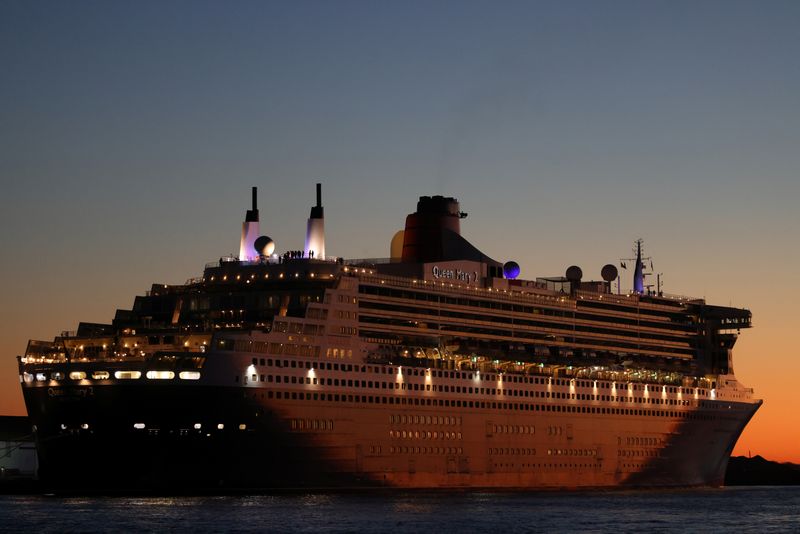By Juveria Tabassum
(Reuters) -Carnival on Thursday posted a narrower-than-expected quarterly loss while beating estimates for revenue, as demand remained steady, giving cruise operators enough room to bump up ticket prices.
The company's shares, which have risen more than two-fold this year, jumped 7% after Carnival (NYSE:CCL) also estimated its first-quarter core earnings to more than double from a year earlier.
Despite pricier tickets, cruises remain a cheaper option than most overseas vacations, broadening their appeal among younger travelers choosing to spend their disposable income on a novel experience.
Carnival said booking volumes for the two weeks around Black Friday and Cyber Monday hit an all-time high.
"We entered the year with the best booked position we have ever seen, and now have nearly two-thirds of our occupancy already on the books for 2024, at considerably higher prices," CEO Josh Weinstein said.
The company expects net yields in the first quarter, or the revenue per passenger per cruise day, excluding costs, to be up 16.5% year-on-year.
"For our peak summer period, all major products are better booked at higher prices benefiting from improving trends in both occupancy and price during the fourth quarter," Weinstein said in a post-earnings call.
Carnival's forecast for fiscal 2024 net income of $1.2 billion was largely in line with Wall Street expectations.
Still, its current-quarter adjusted loss per share forecast of 22 cents was wider than the estimate of 12 cents, as costs rise due to higher occupancy levels and increased advertising heading into the promotion-heavy wave season.
"We think Carnival's guide was good enough, given management is typically conservative," Wells Fargo analyst Daniel Politzer wrote in a note.

Carnival reported a fourth-quarter net loss of $48 million, or 4 cents per share, compared with a loss of $1.6 billion, or $1.27 per share, a year earlier. Analysts were estimating a loss of 13 cents, according to LSEG data.
Its fourth-quarter revenue of $5.4 billion exceeded market expectations of $5.31 billion.